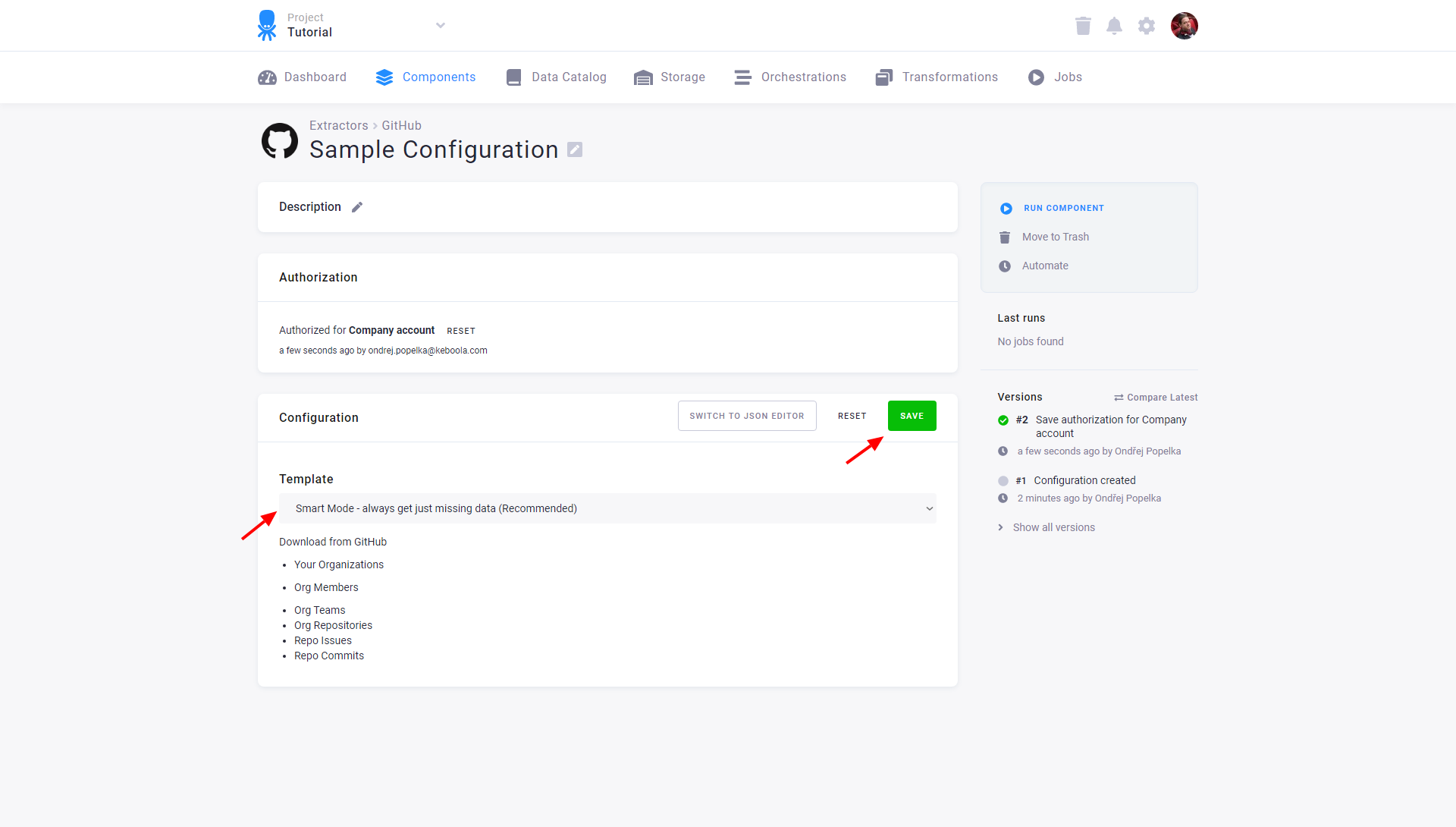

- #Connecting rcode to github mac os
- #Connecting rcode to github install
- #Connecting rcode to github license
To verify that the existing project was pushed to GitHub successfully, log into the GitHub website and browse the repository. The -u switch makes the remote GitHub repo the default for your existing project. The -f switch forces Git to overwrite any files that already exist on GitHub with your existing project’s files. Note that older Git repositories create a master branch by default, while newer ones use main.

Simply issue a git push command with the name of the current branch along with the -u and -f switches. With the remote reference added, you are ready to push your existing project to GitHub. ssh/config-> rcode remotessh /test Note: Be sure to connect to the remote host first before typing any rcode in the terminal We may want to add /.local/bin in to your PATH in your /.zshrc or /.
#Connecting rcode to github install
) install socat like: (sudo yum install socat) just rcode file like your VSCode code. git remote add origin cameronmcnz/example-website.git Push the first commit to GitHub pip3 install rcode (or clone it pip3 install. To allow your existing project to synchronize with GitHub, issue a git remote add command to configure a reference from you local Git installation to the repository on GitHub. Note that the last segment of the git remote add command is your project’s GitHub URL. git commit -m "Add existing project files prior to the push to GitHub." Add a remote reference for GitHub This is equivalent to git push -u origin main but conveys more about what you are doing.Ĭall git branch -vv or git branch -r or git remote show origin again to confirm that the main branch on GitHub is the tracking branch for the local main branch.Git add. If you discover your local main branch is not yet tracking main on GitHub, fix that like so: git push -set-upstream origin main When connecting a local repo to a new GitHub repo, a lot of people remember to add the GitHub remote, but forget to also cement this tracking relationship for any relevant branches. If you don’t see the bit, that is a problem.īy the way, git branch -r and git remote show origin are two more commands that are helpful for examining your remote setup.

The above shows successful confirmation that the local main branch is tracking origin/main, i.e. the main branch on GitHub. * main 2899c91 A commit from my local computer In that same shell, in your repo, do this: ~/tmp/myrepo % git branch -vv Once you are satisfied that your GitHub remote is set properly, you can move on to the next step.Īre you sure the current branch is tracking a branch on the remote? This is easy to get onto your clipboard from the repo’s GitHub page.ĭo this in the shell: git remote add origin ĭownload all the files from the online GitHub repository and deal with anyĬonflicts (substituting master for main, if relevant). If you discover you still need to set a remote, get the HTTPS or SSH URL, as appropriate, for your GitHub repo. We want to see that fetch and push are set to remote URLs that point to the remote repo. In a shell with working directory set to the local Git repo, enter this command: ~/tmp/myrepo % git remote -v Here are other commands that, depending on the situation, might trigger the necessary prompts: xcode-select -installġ4.4 Push/Pull buttons greyed out in RStudioĪre you sure your local repository is associated with a remote repository, e.g. a GitHub repo? In any case, you need to tickle the Xcode command line tools to prompt you for whatever it needs. If you get such clear instructions, by all means do what it says, i.e. run sudo xcodebuild -license, to re-agree to the license.
#Connecting rcode to github license
In the shell, you could execute git status and you might see a message along these lines: Agreeing to the Xcode/iOS license requires admin privileges, please run “sudo xcodebuild -license” and then retry this command.
#Connecting rcode to github mac os
This is necessary after a Mac OS upgrade, re-installing Xcode, or even quiet Xcode upgrades that sometimes seem to happen without the user’s knowledge. It is usually a sign that you need to re-agree to the Xcode license agreement.

This usually happens to people who installed Git by installing the Xcode command line tools. Sometimes the RStudio Git pane disappears on a system where it was previously working. 14.2 RStudio Git pane disappears on Mac OS


 0 kommentar(er)
0 kommentar(er)
